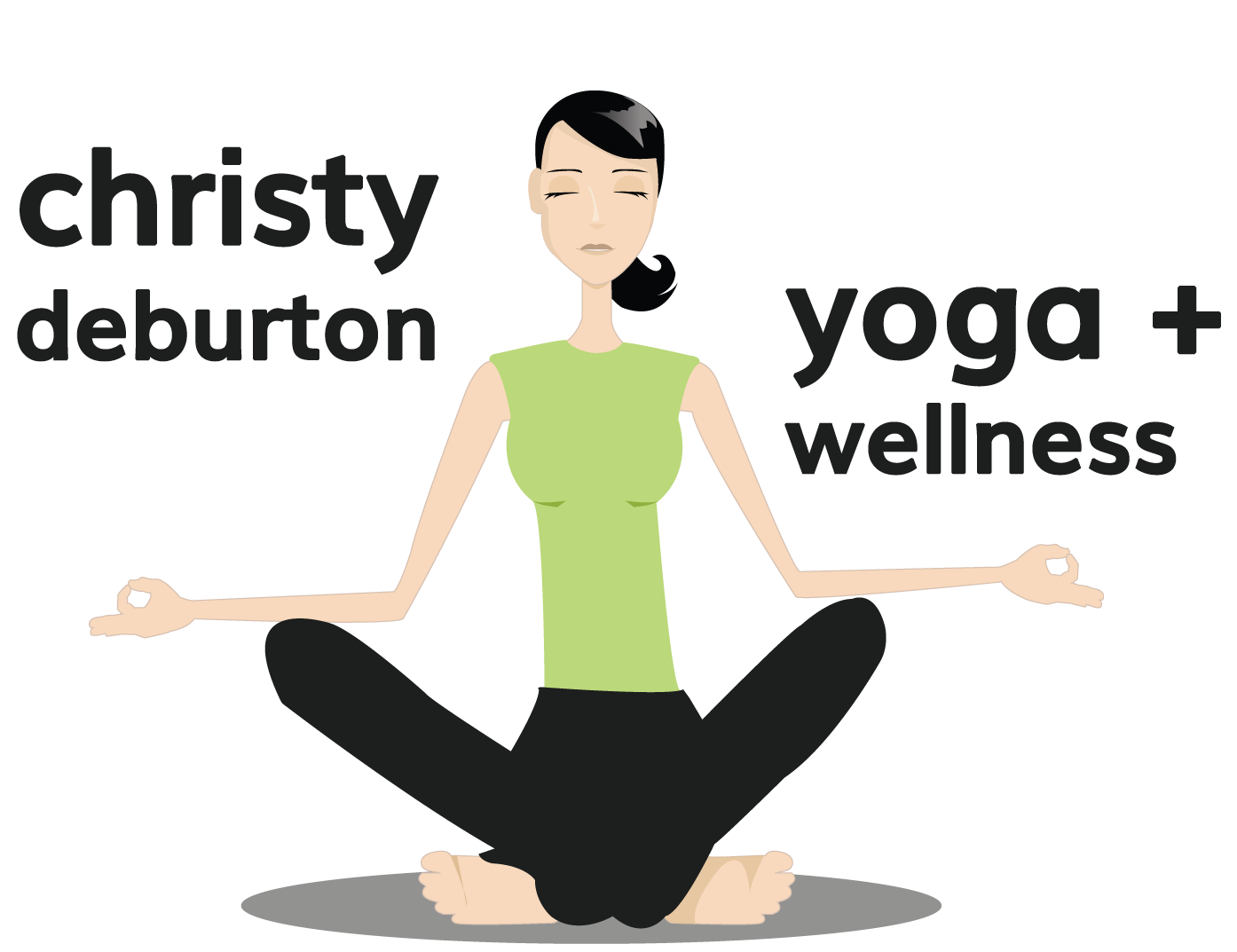By now you’ve probably seen more than a few references to the vagus nerve on social media. This nerve has definitely been having its ‘moment.’ As I like to joke, the vagus is the new psoas. (I know all you seasoned yoga teachers out there will get that reference!) In all seriousness, though, the vagus nerve has been getting A LOT of attention in the wellness world lately, and rightly so. Recent research shows that this nerve supports your digestive system, helps to regulate your sleep patterns, and helps you feel calm. And that’s just for starters. I’ve had a couple clients ask me about the vagus nerve recently, so I thought it might be a good time to write a blog post on the topic. Keep reading to learn more about your vagus nerve, and if yoga is good for it. (Spoiler alert: it is!)
A Quick Biology Lesson
The vagus nerve wanders from the top of your spinal cord through your facial and vocal muscles and then down the throat through your lungs, heart, gut, liver and other major internal organs. Because it’s so long and has so many branches, it’s called vagus, which means ‘the wanderer’ in Latin. This nerve prompts parasympathetic regulation of the autonomic nervous system and affects heart rate, breathing rate, immune response and digestion. Vagus nerve stimulation also decreases the sympathetic nervous system and the stress response. Long story short, it plays a significant role in your overall well-being.
Yoga for Your Vagus Nerve
According to Bessel van der Kolk, MD, author of The Body Keeps the Score, some 80% of the fibers of the vagus nerve run from the body into the brain. In other words, the vagus nerve creates a pathway for yoga postures and breathing techniques felt in the body to reach and calm the brain. This means that we can directly train our nervous system by the way we move, breathe and even chant Om on our yoga mat.
Breathing techniques like Ujayi pranayama (an audible, ocean-sounding breath that vibrates in the throat), as well as Bhramari pranayama (bee breath) and breathing ratios where the exhales are longer than the inhales can all stimulate the vagus nerve. My personal favorite is 4-7-8 Breathing.
Since the vagus nerve exits the skull from the brain stem just below the ear, releasing tension in the suboccipital muscles through massaging and stretching the neck can positively affect vagal function. I recently showed a few of my private yoga clients a great way to release tension in this area with a yoga block, and they all agreed it felt wonderful.
While we can’t say there are specific yoga poses that stimulate the vagus nerve directly, any poses done mindfully with the intention of activating the parasympathetic nervous system certainly can’t hurt. I share a few examples below. Try them out and see if they leave you feeling calmer and more relaxed, signs of a well-functioning vagus nerve and parasympathetic nervous system.
- Yin Yoga for Anxiety
- 5 Yoga Poses for a Good Night’s Sleep
- Yin Yoga for Relaxation
- Hatha Yoga Sequence for Cultivating a Calm Mind
If you liked this blog post you may also like my blog post, Yoga, Meditation + Neuroscience.


 Why I Did A Personal Retreat – And You Should Too
Why I Did A Personal Retreat – And You Should Too